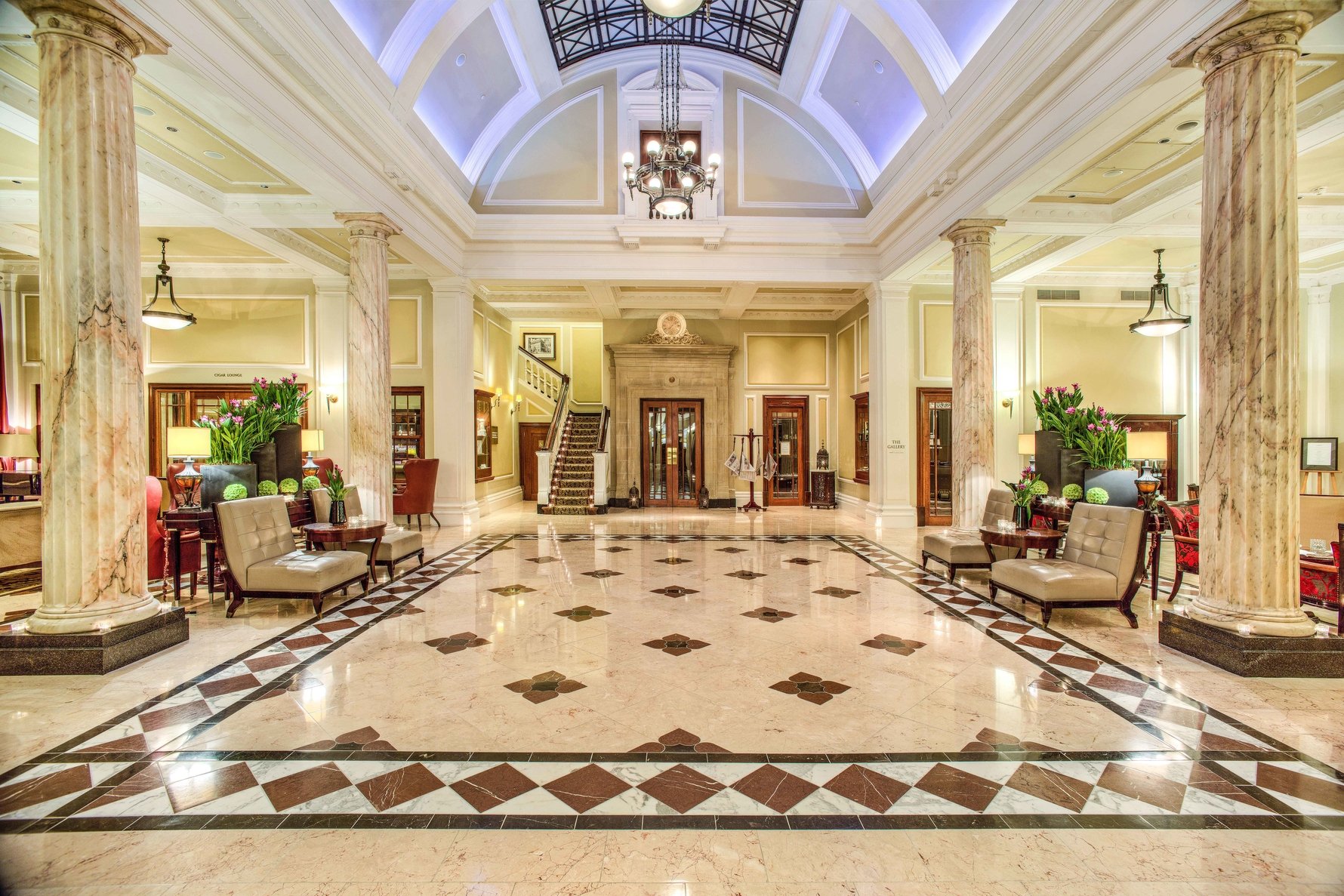
Once inside, The Taj is no ordinary experience. For one thing the welcome seems as effortlessly polished as the grand marble interior. For another, you’ll find yourself in awe as you look up at the vaulted ceilings, with vast scale, supported by immense marble columns. In 1932 this now heritage-listed building was the Reserve Bank Building. Where the hotel’s bar and Mint restaurant are now located was the banking foyer. The restaurant is named for the Mint of new money rather than the herb.
The creation of the hotel involved the conversion and connection of several heritage properties, including the advocates' chambers Temple Chambers at 4 Wale Street that was the site of the Dutch East India Company Hospital between 1697 and 1782. It’s fun to spend time exploring both the inside and the buildings’ exterior in search of the different plaques and cornerstones that give clues to former lives in this part of the city.
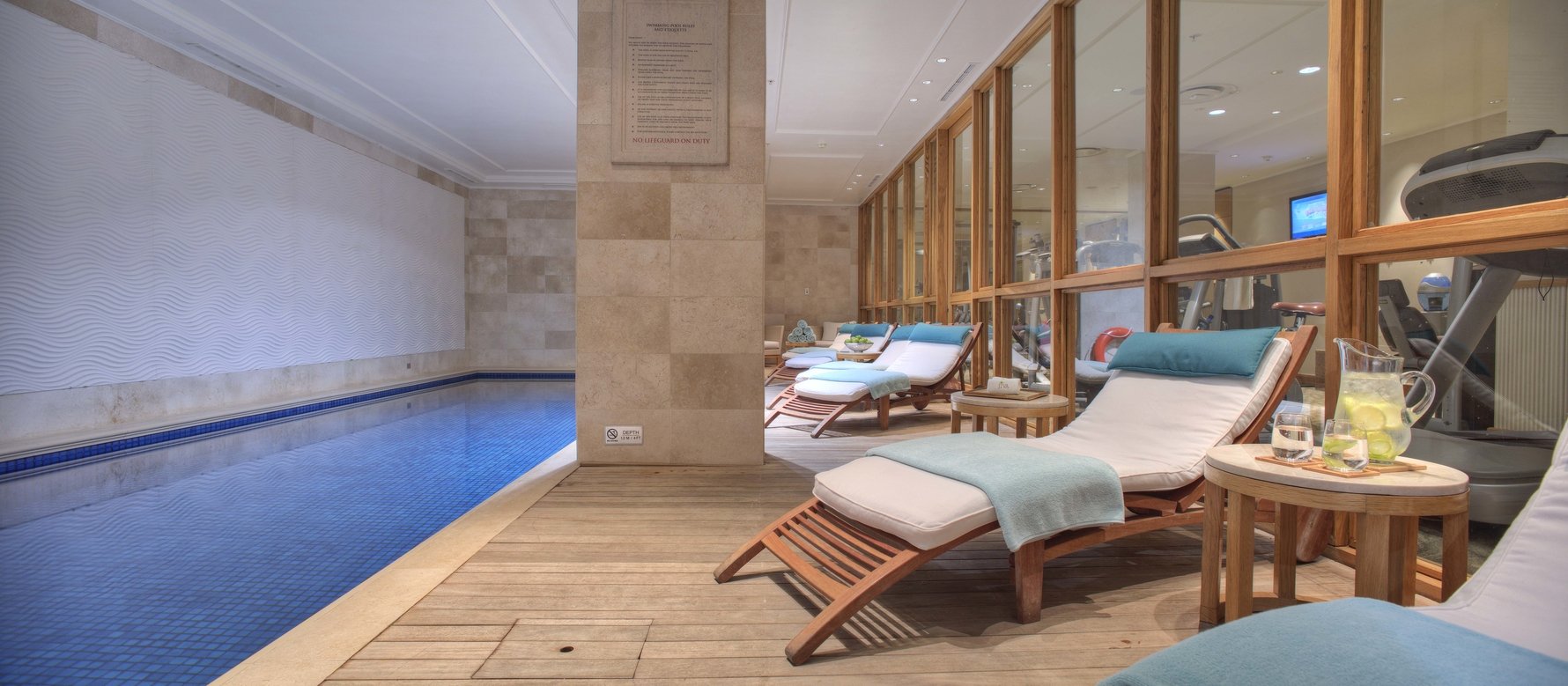
The property has been exquisitely maintained from its chandeliers and bronze work, to intricate metalwork gates and arched wooden windows. The Taj hotels, an Indian luxury brand, is synonymous with honouring heritage – properties globally are chosen for this reason – and providing unparalleled hospitality. There is even a word for it, that sums up the quality of being in this space; “Tajnesss”. Owned by one of India’s first families, the Tata family, hotels have been part of their DNA since 1903.
The service here is a cut above. Utterly obliging, and generous. It’s best experienced by starting your stay with a visit to the indoor pool and the Jiva Spa, where thousands of years of Eastern wellness philosophies are put into daily practice. Everything here is considered – from the refreshing and fragrant signature tea blend served to the organic cotton gowns. The spa offers a number of signature experiences that meld Indian therapies with unique Cape elements, such as fynbos botanical ingredients.
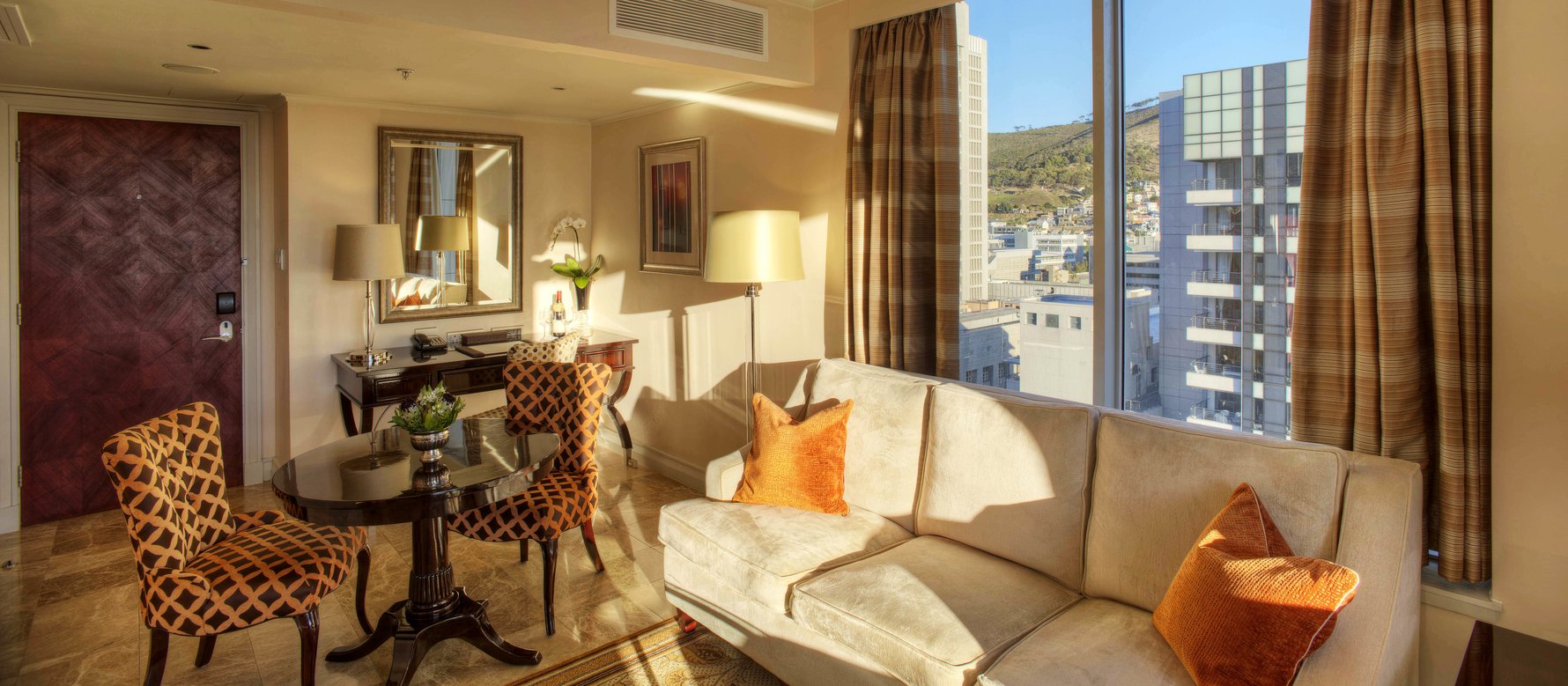
A vertical extension to the buildings means your hotel room, or corner suite in our case, offers incredible views of Cape Town. Our 15th floor suite with its private balcony looked towards the city, and on the horizon to the ocean, while another window gave us a spectacular mountain view. Comfort is king – and the bed we slept in was one of the most comfortable ever (possibly attributable to the spa massage on check-in). This is a big statement, nonetheless.
We ate dinner at Bombay Brasserie, the Taj Hotel’s signature restaurant. It’s a wondrous space, incorporating an open kitchen and a fantastic bar, where a seriously expert mixologist produced a cucumber martini that will make us return. Slide into the blue velvet seating below a ceiling filled with chandeliers and enjoy a multi-course fine dining menu. You can also order off the a la carte menu but we preferred to experience the full range of dishes – delicate spicy flavours and beautifully plated.
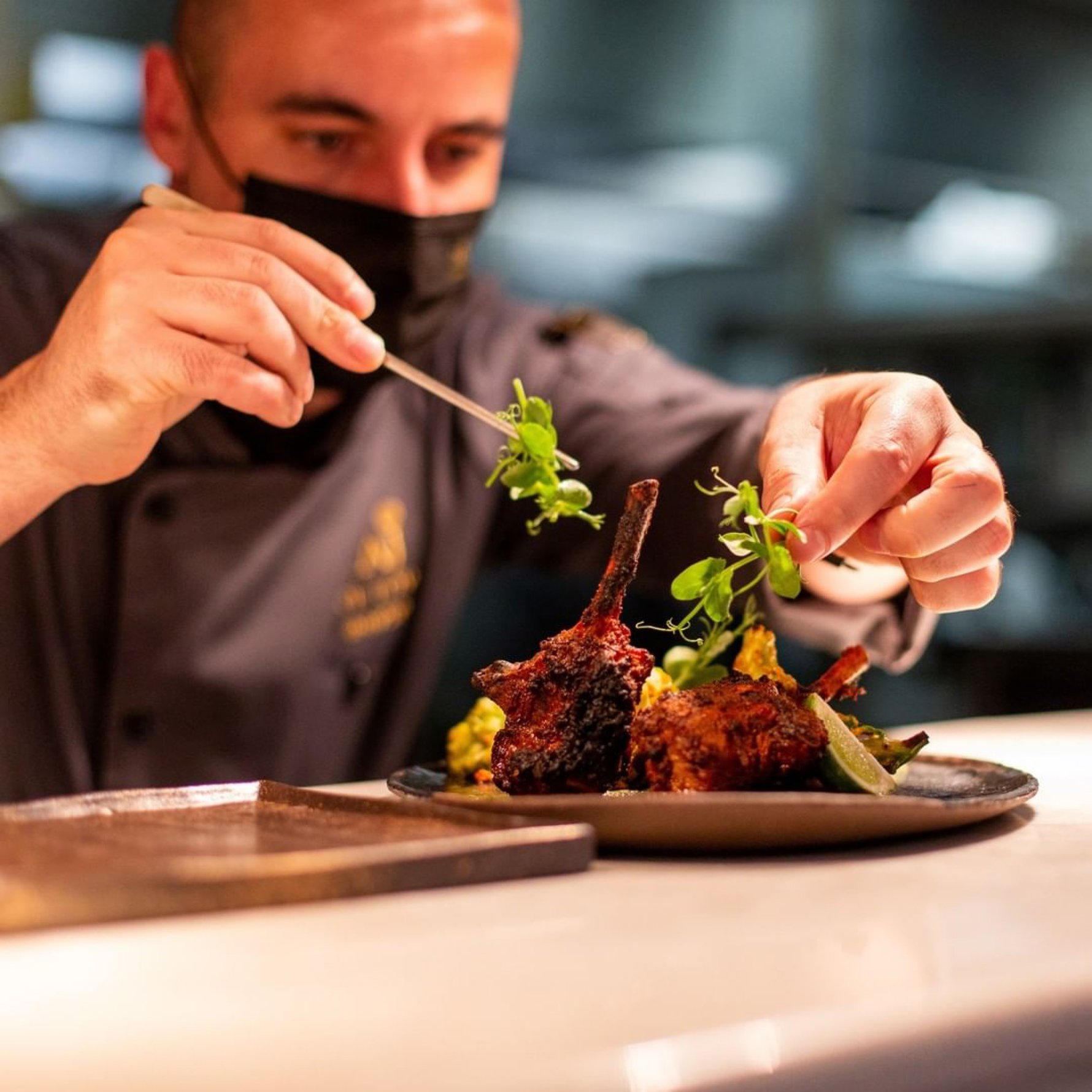
Breakfast at The Taj is also a standout – with its offer of a Taste of India Specialities. We chatted to other breakfast guests who come from far and wide for these familiar but special tastes. Daily different dishes can be ordered. We settled on the Masala Dosa and then gave up on anything else – perfectly crisp chickpea flour pancake, the filling and melt-in-your-mouth potato with flavoursome sambar (a lentil-based vegetable soup).
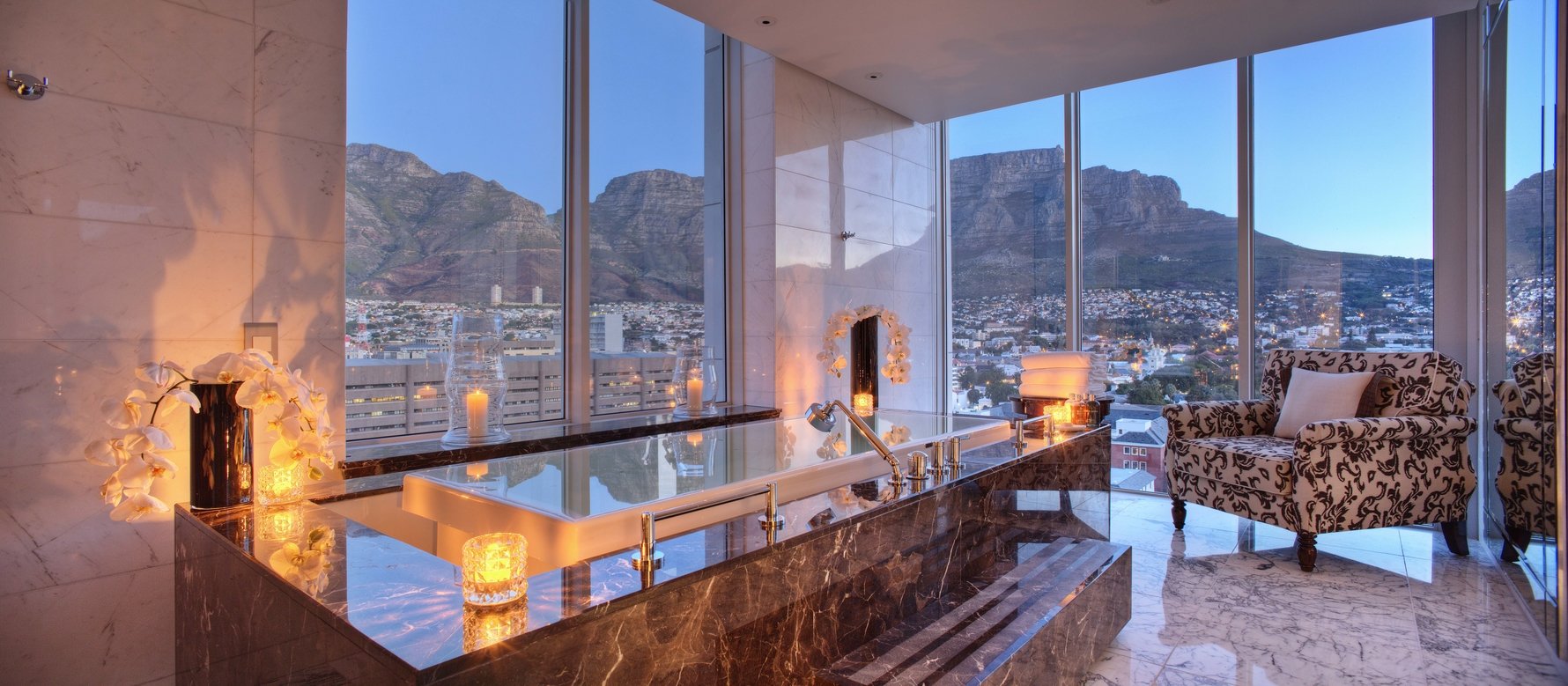
During our stay we were lucky enough to also get a peek into Taj Cape Town's Presidential Suite, a two-story penthouse apartment that probably has one of South Africa's most covetable bathroom views, besides for being supremely roomy and luxurious. The equivalent of a little mansion atop the building, with room for your bodyguard, and your spa treatment.
If you are looking for a unique luxury city hotel experience in Cape Town, we've found it.


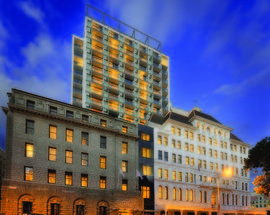
_m.jpg)
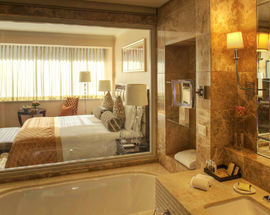
Comments